- El. paštas:[email protected]
- telefonas:+1 (305) 340-3049
06 Sau
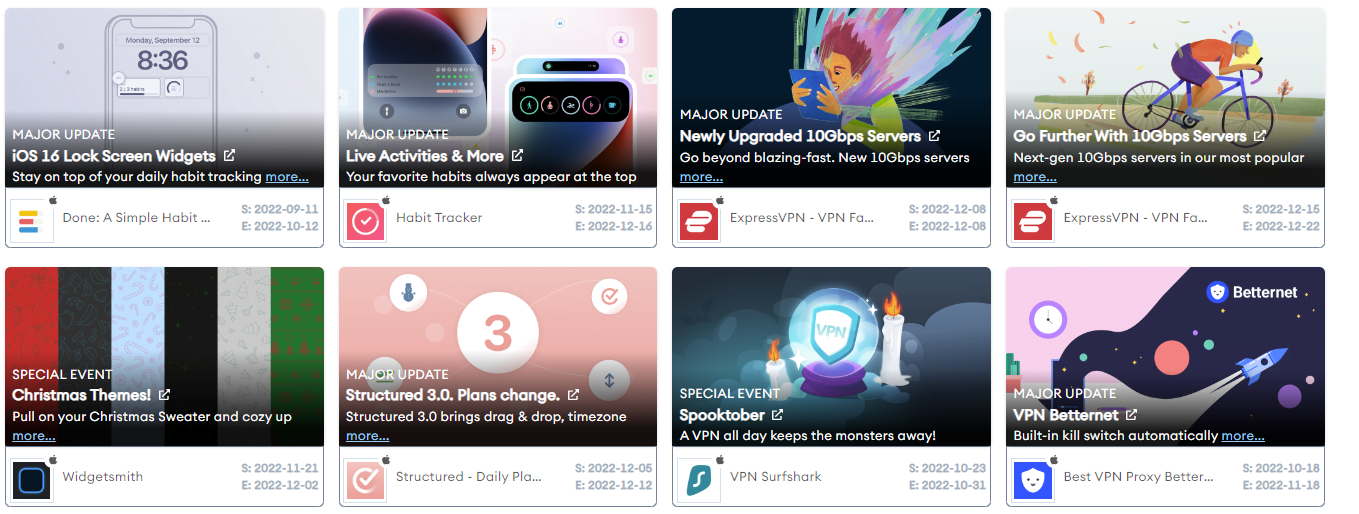
Are you looking for ways to optimize your app’s visibility in the App Store and increase brand awareness? In-App Events may be the answer you’re looking for.
These time-dependent events, linked to your app and highlighted on your iOS store listing and in the App Store search results, offer many benefits for driving user engagement and increasing brand awareness.
In this blog post, we’ll go over the top 12 benefits of using In-App Events for your App Store Optimization (ASO) strategy and provide a step-by-step guide on how to set up and use In-App Events, including tips on choosing the right event type and crafting effective metadata.
Here are the top 12 benefits of using In-App Events for your ASO strategy:
- Increased App Store visibility: In-App Events allow you to take up more real estate in the App Store, increasing your chances of being discovered by users. Plus, In-App Events appear in event search results and can be featured by the Apple editorial team, giving you even more exposure to potential users.
- Engaging App content: In-App Events provide an opportunity to create extra engaging content for your users, whether that’s through challenges, competitions, live events, or major updates. Not only does this keep users coming back to your app, but it can also re-engage lapsed users who haven’t used your app in a while.
- Reach lapsed and new App users: In-App Events can target specific user groups, including active, lapsed, and new users. This means you can use In-App Events to re-engage lapsed users and entice new users to download your app.
- Promotion collateral: In-App Events can be promoted through your other marketing channels, such as email campaigns, social media posts, and paid advertising. This gives you additional opportunities to drive users to your app and increase brand awareness.
- Cost-effective App Marketing: While paid marketing campaigns can be expensive, In-App Events offer a cost-effective way to increase brand awareness and drive user engagement. Plus, you can promote up to 5 events at a time, giving you multiple opportunities to reach users without breaking the bank.
- Increased user retention: By providing regular events and updates for your app, you can keep users engaged and encourage them to continue using your app. This can lead to increased user retention, as users are likelier to continue using an app that consistently provides new and interesting content.
- Increased revenue: If you offer in-app purchases or subscriptions, in-app events can be a great way to drive sales. Promoting new content or features through events can entice users to purchase or sign up for a subscription.
- Improved App Store ratings and reviews: Engaged and satisfied users are likelier to leave positive ratings and reviews for your app. By providing regular events and updates, you can improve the overall user experience and increase the chances of receiving positive feedback.
- Increased brand loyalty: You can build brand loyalty among your users by consistently providing high-quality events and updates. This can be especially important for apps in highly competitive markets, as loyal users are more likely to continue using your app and recommend it to others.
- Greater control over your app’s visibility: In-app events give you greater control over your app’s visibility in the App Store. Promoting your events through the App Store can increase the chances of your app being discovered by new users and drive more traffic to your listing.
- Improved organic rankings: Using relevant keywords and optimized event metadata can improve your app’s organic ranking in the App Store. This can help increase your app’s visibility and drive more organic traffic to your listing.
- Improved ad performance: If you use paid advertising to promote your app, in-app events can help to improve ad performance. Promoting new and exciting content through your ads can increase the chances of users clicking through and downloading your app.
How to Create In-App Events for the App Store
When planning to launch a new event, it is important to first think about what type of content makes for a good In-App Event (IAE). According to Apple, good candidates for IAEs are challenges, competitions, or special content launches. Meanwhile, the following are not good candidates for IAEs:
- Repetitive activities such as daily tasks or rewards
- Price promotions that don’t introduce any new content, features, or goods
- General promotions that raise awareness about your app or game
Once you have identified that your app’s new content or update is deserving of an IAE, the next step is choosing the event badge that best fits the event you’re offering. The complete list of available IAE badges on the App Store includes the following:
- Challenge: Activities encouraging the user to achieve a goal before the event ends
- Competition: Activities in which users compete against one another for the highest ranking or to win rewards
- Live Event: Activities that occur in real-time that all users can experience simultaneously
- Major Update: Introducing significant new features, content, or experiences
- New Season: Introducing new content, storylines, or media libraries to build on established content
- Premiere: Introducing new content or media for the first time
- Special Event: Limited-time events that are not captured by another event badge, possibly spanning multiple activities or experiences
From the App Store Connect, click on “My Apps” and select your app. Click on the “In-App Events” tab, then click on the “+” button to create a new event.
- Plan your event. Identify what type of content or update is deserving of an In-App Event, and choose the event badge that best fits the event. As mentioned, good In-App Events candidates include challenges, competitions, or special content launches. Keep in mind that repetitive activities, price promotions without new content, and general promotions that don’t introduce new features or goods are not suitable for In-App Events. Also, consider factors such as the event’s relevance to new or lapsed users, and whether the event is a one-time occurrence or part of a series.
- Compose the event metadata. This includes the event name (30 characters max, indexed for search), a short description (50 characters max, indexed for search), and an image or video to represent the event. Choose keywords carefully to help users discover your event in search results. Be sure to include all necessary information about the event, such as whether an in-app purchase or subscription is required to participate.
- Submit the event for review. You can promote a maximum of five events on the App Store at any time and start promoting the event 14 days before it starts. The event can run for a maximum of 30 days. Follow the submission guidelines provided by Apple to ensure your event is approved.
- Decide who should see your event. You can target active, lapsed, new, or all users with your event. This will determine where the event is shown in the App Store, such as on your product page, in-app search results, or personalized recommendations. Remember that challenges and competitions may not appeal as much to new users, while major updates and new seasons are more likely to interest lapsed users. Live events and special events can be a good fit for both new and lapsed users
- Measure the event’s performance. Use tools like Apple’s native Analytics for events to track impressions, installs, and engagement. Analyze the results and make adjustments as needed for future events.
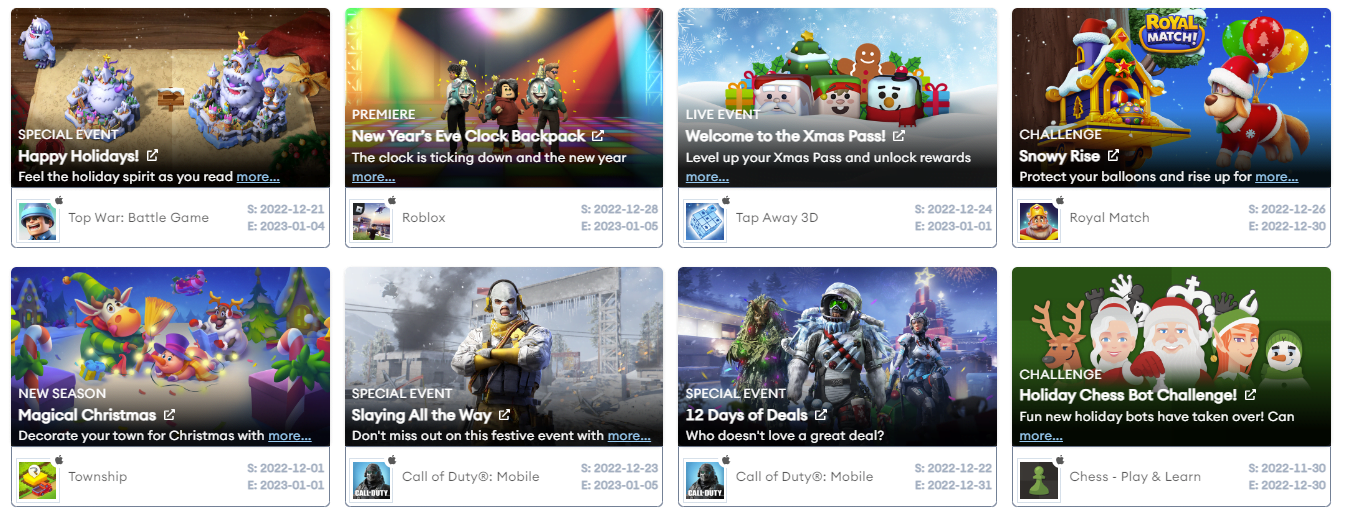
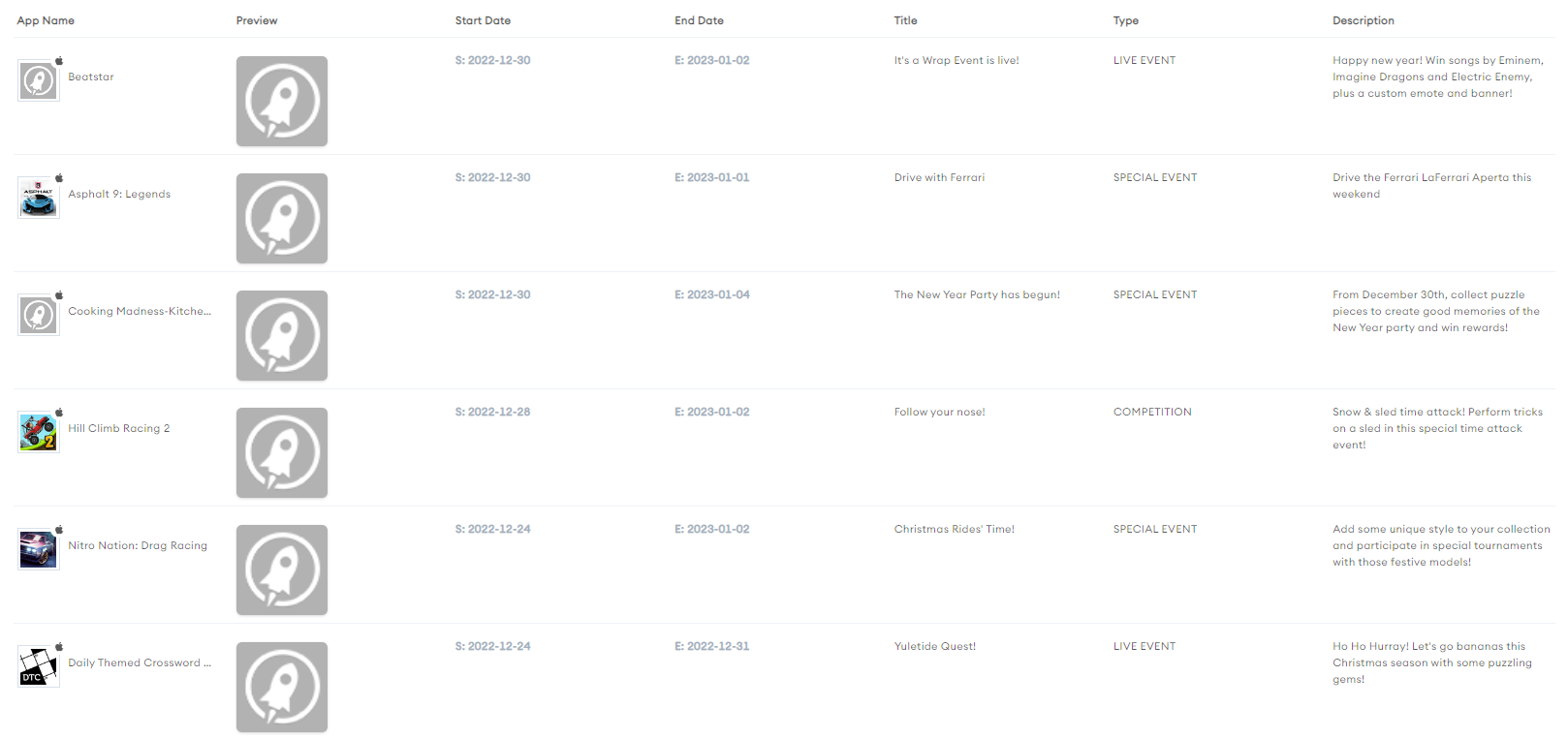
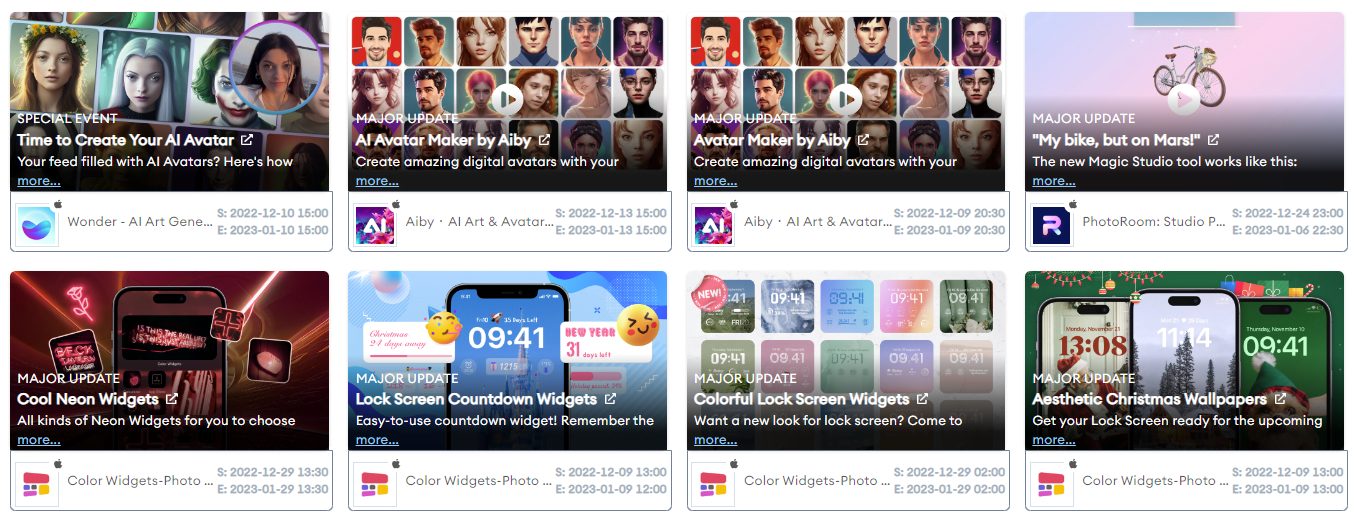

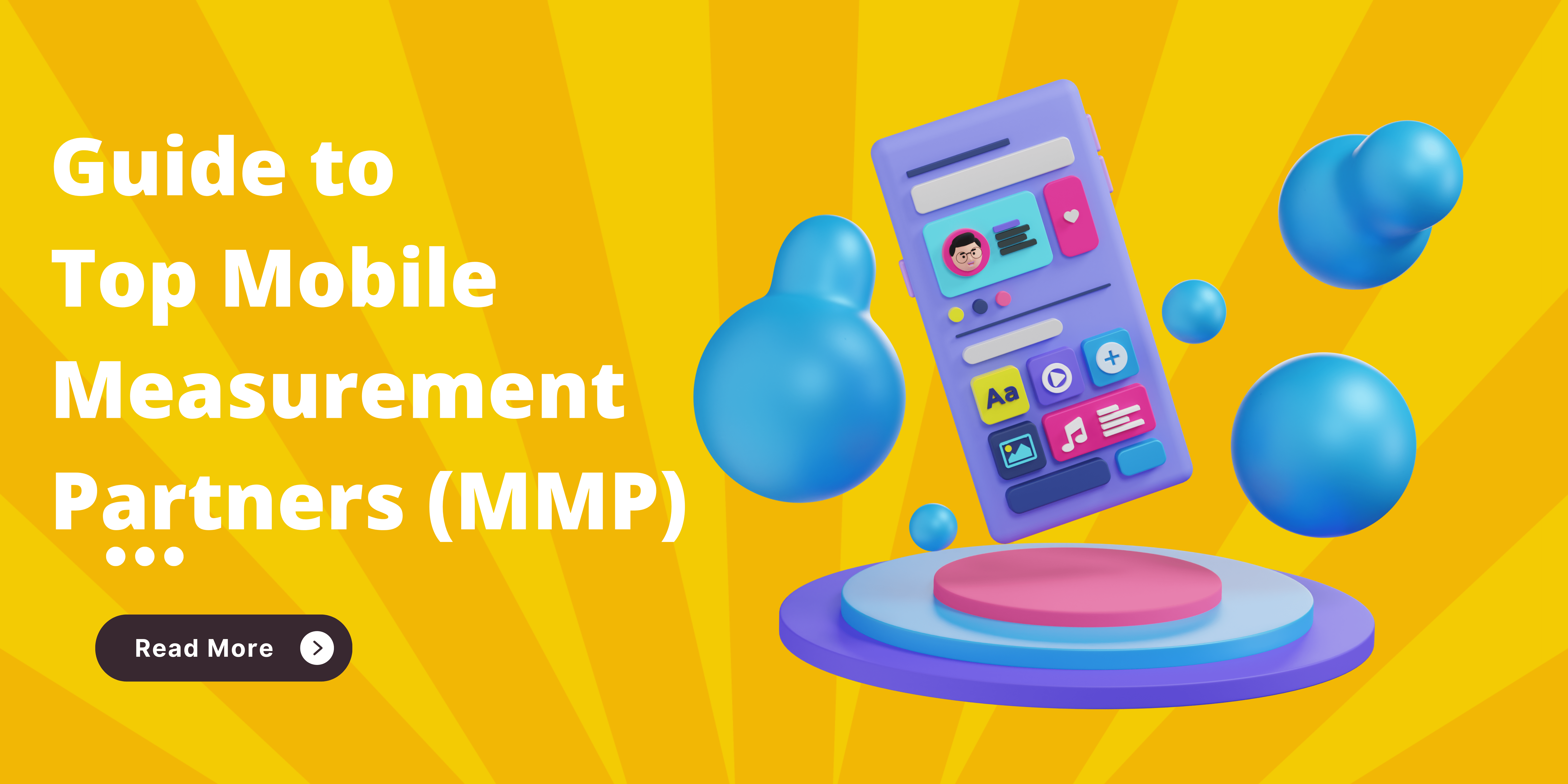

Jasonas Batanskis